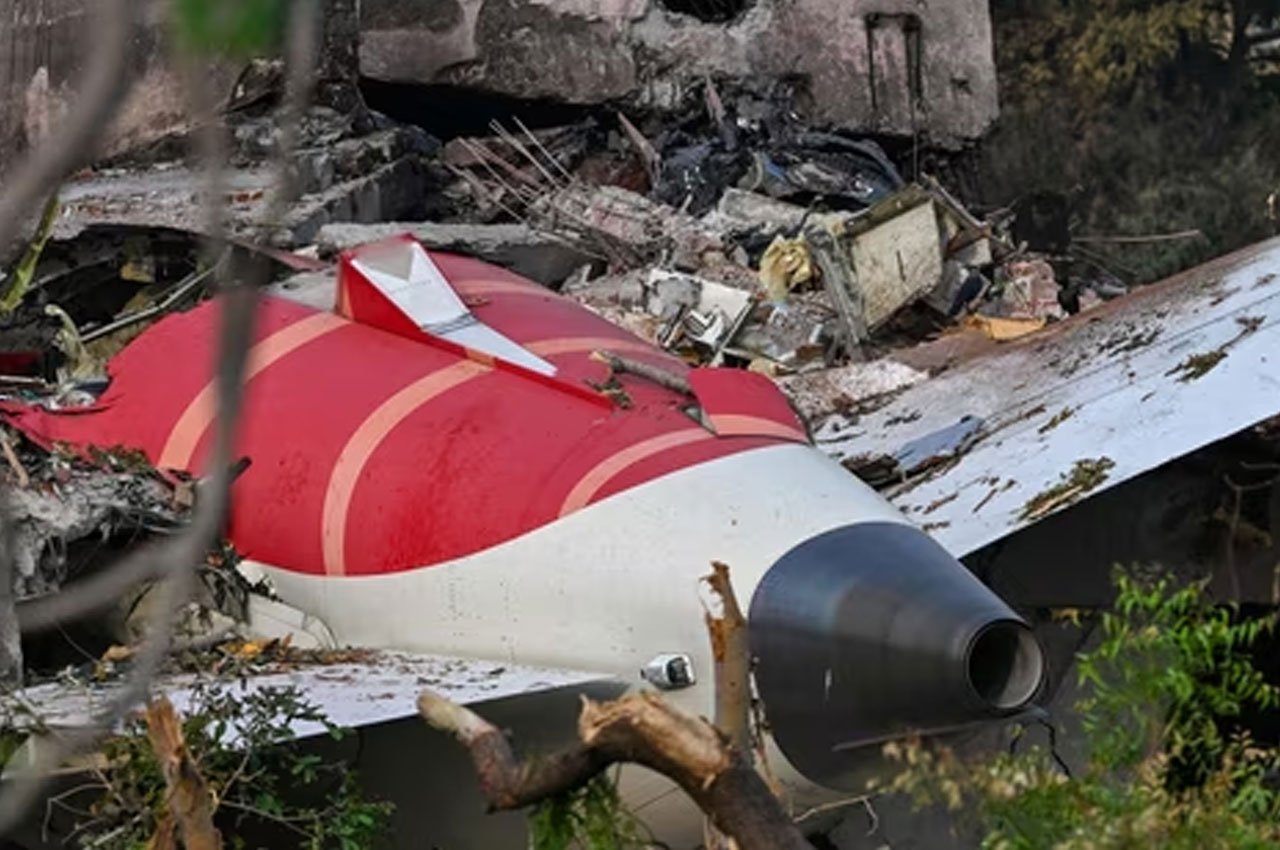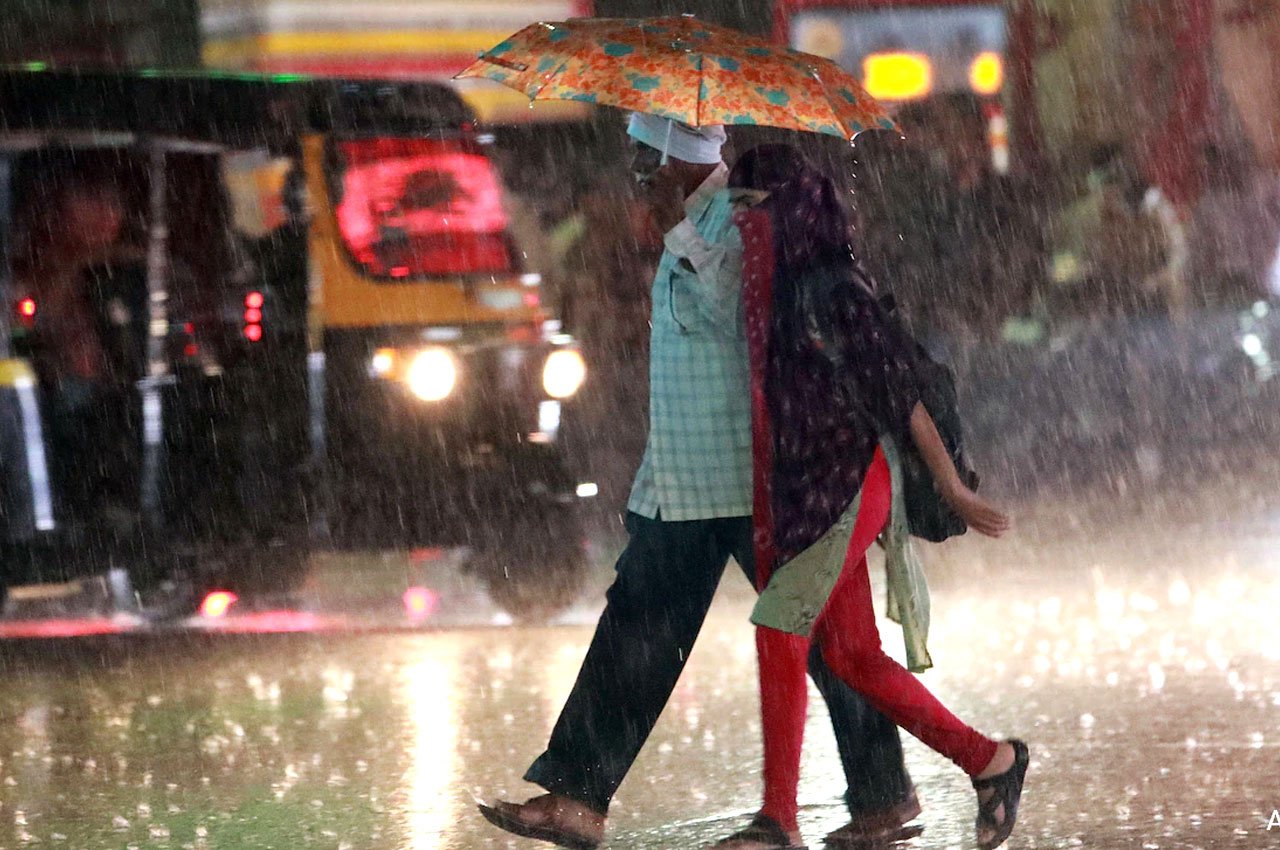In a startling revelation, the preliminary investigation into the Air India plane crash has confirmed that Engine 1 and Engine 2 shut down within just one second of each other, barely seconds after take-off, reported The Times of India. The Aircraft Accident Investigation Bureau (AAIB) report details how both engines of the Boeing 787-8 Dreamliner lost thrust three seconds after liftoff, leading to the fatal crash that killed 260 people, including 19 on the ground. The report, released exactly a month after the June 12 crash near Ahmedabad, paints a grim picture of cockpit confusion and a near-instant system failure.
32 Seconds of Horror
Flight data reveals that within seconds of reaching 180 knots, the fuel control switches for both engines moved from RUN to CUTOFF—one after the other, within a single second. This led to an abrupt loss of thrust as the engines simultaneously shut down. Within 32 seconds of liftoff, the aircraft plummeted and crashed into a residential area, making it one of the deadliest aviation disasters in India’s recent history.
The crash occurred so suddenly that pilots barely had time to issue a Mayday call. Emergency mechanisms such as the Ram Air Turbine deployed, but the aircraft had already begun its fatal descent.
Cockpit Confusion Captured on Voice Recorder
Cockpit voice recordings reveal a disturbing lack of clarity in the moments leading up to the crash. One pilot is heard asking the other, “Why did you cut off the fuel?” to which the second pilot responds in shock, “I didn’t do it.” Investigators believe the rapid sequence of events left no time for corrective measures, though the pilots attempted to restart the engines by returning the switches to RUN. Only one engine partially reignited, but it was too late.
No Mechanical Defect Found—Human Error or Technical Glitch?
The AAIB report states that both engines and the fuel control switches had built-in safeguards to prevent accidental shutdown. No mechanical fault was found in the aircraft or engines, manufactured by GE Aerospace. The switches cannot be toggled easily during flight unless done deliberately or triggered by a rare technical anomaly. This raises serious questions: Was it a mistake in the cockpit? A possible system failure? Or a scenario no one anticipated?
Earlier Flight Logged Stabilizer Sensor Defect
Interestingly, a crew operating the same aircraft earlier that day had reported a defect related to the stabilizer sensor, which was rectified before the final flight. While it may not be directly connected, investigators are leaving no stone unturned and continuing to examine whether this sensor issue could have influenced the sequence of failures.
Air India Fleet Under Scrutiny
In the aftermath of the crash, India’s aviation regulator, the Directorate General of Civil Aviation (DGCA), ordered urgent inspections across all Air India Dreamliners. Engineers have been directed to examine fuel control systems, electronic control units, and cockpit switch configurations to ensure such an incident cannot recur.
While Boeing and GE Aerospace have pledged full cooperation, the preliminary report does not recommend any immediate changes to aircraft design or operations. However, with investigations ongoing, policy recommendations and safety upgrades are expected in the final report.
One Survivor, Hundreds Mourned
Among the 242 passengers on board, only one—28-year-old Vishwash Kumar Ramesh—miraculously survived after being thrown clear of the wreckage. His account of the crash is expected to be crucial in understanding the moments leading up to the tragedy.
In addition to passengers and crew, 19 people lost their lives on the ground as the aircraft crashed into a college hostel, further adding to the scale of devastation.
Unanswered Questions Remain
The report raises critical issues: What caused the simultaneous switch movements? Was it pilot error, a freak system failure, or something else entirely? Why did the restart attempt fail? Could more robust cockpit warnings or training protocols have changed the outcome?
Until these questions are answered, the tragedy serves as a grim warning of how fast things can go wrong—even in highly automated aircraft like the Dreamliner.
The Road Ahead
The AAIB is continuing its investigation, focusing on cockpit data, flight simulation recreations, and software diagnostics. Meanwhile, Air India’s operational protocols, pilot training modules, and fleet inspections are under revision.
The Air India plane crash, caused by the near-instant shutdown of both engines just seconds after takeoff, has not only claimed hundreds of lives but also reignited global concerns about flight safety, cockpit procedures, and aircraft design. The final report is expected to shape future regulatory measures for both Indian and global aviation.
Photo Credit: HT
For more top stories click here
Follow us for latest updates:




